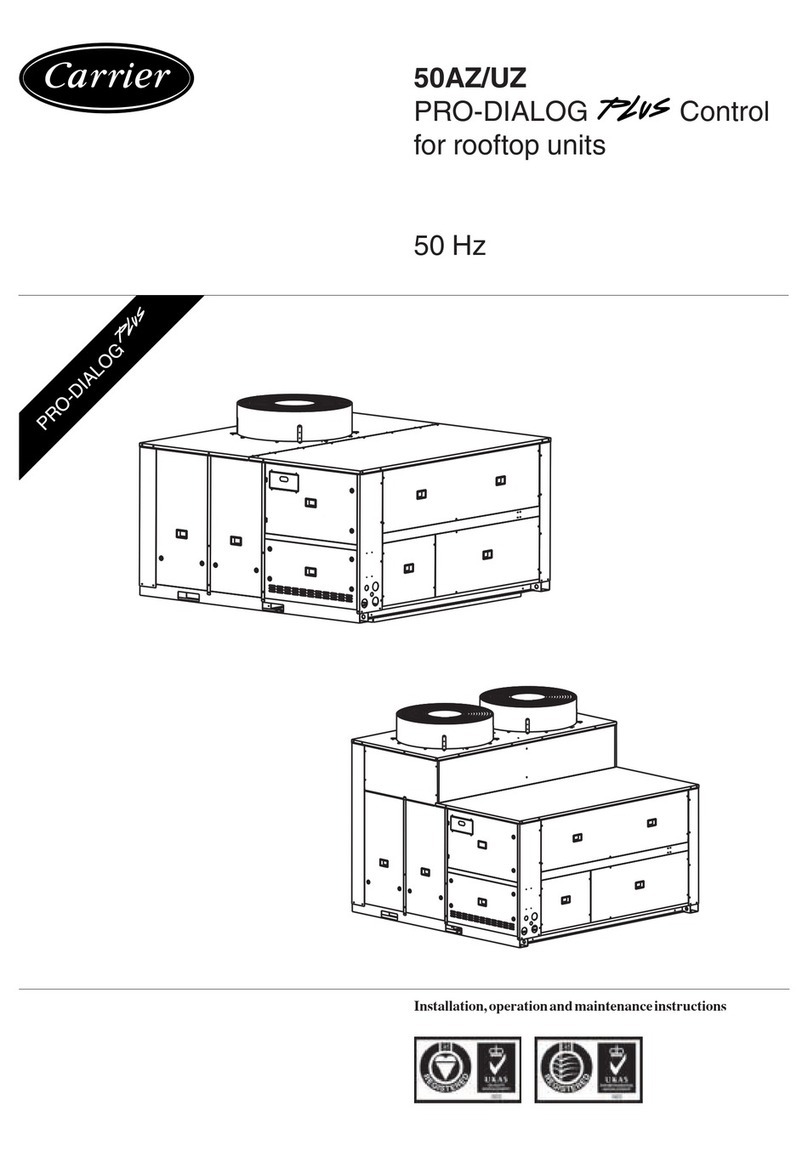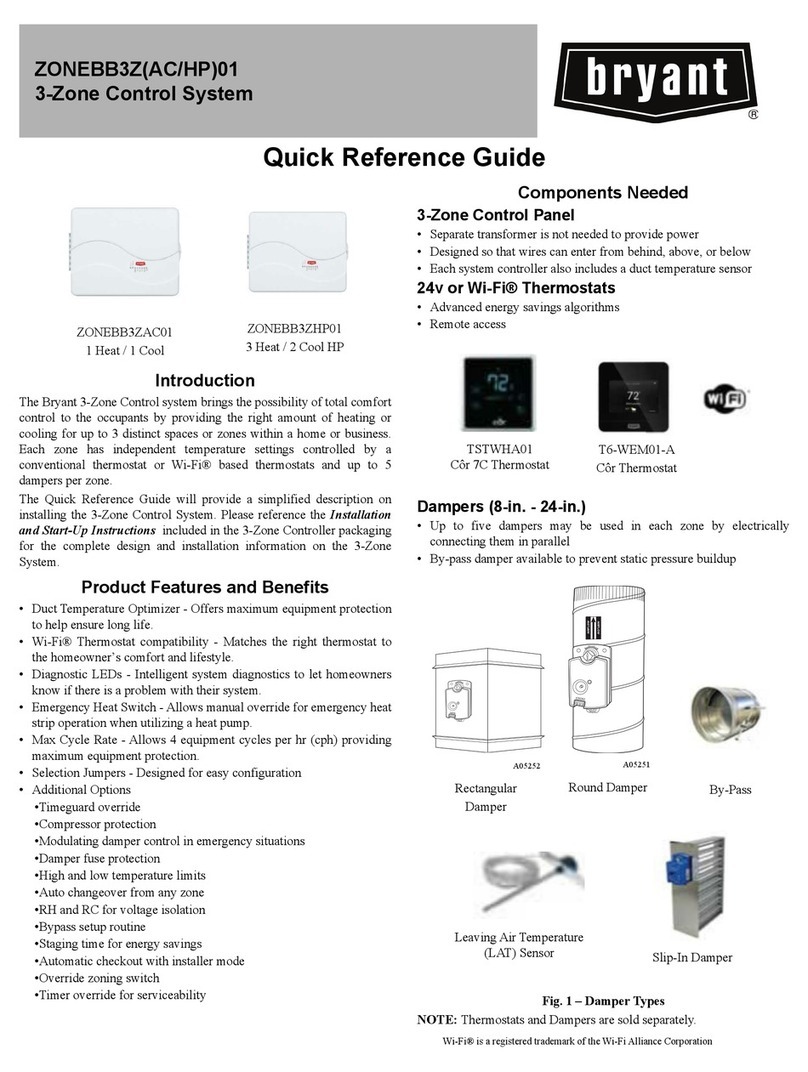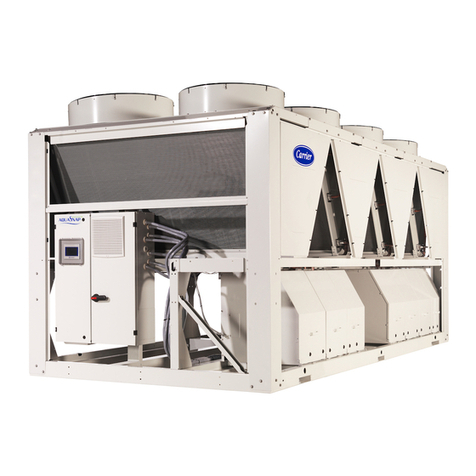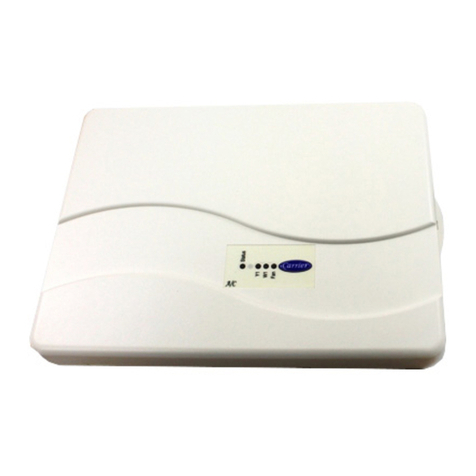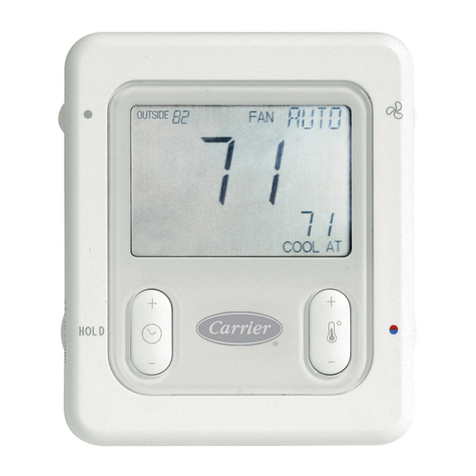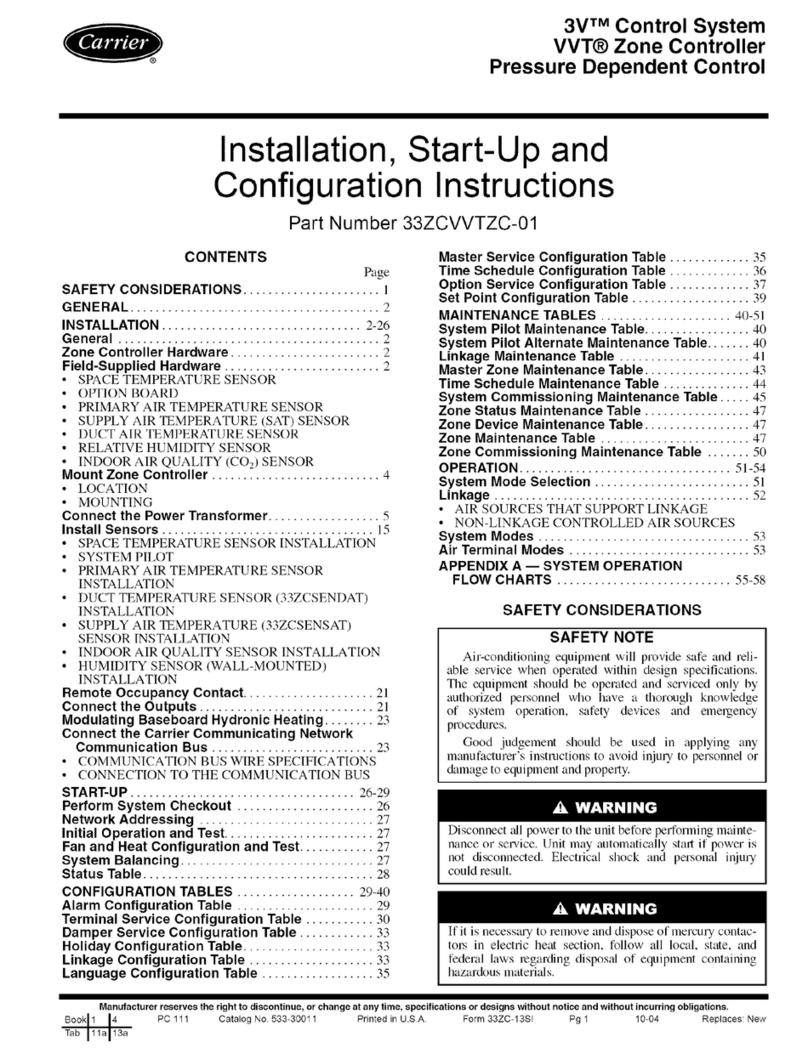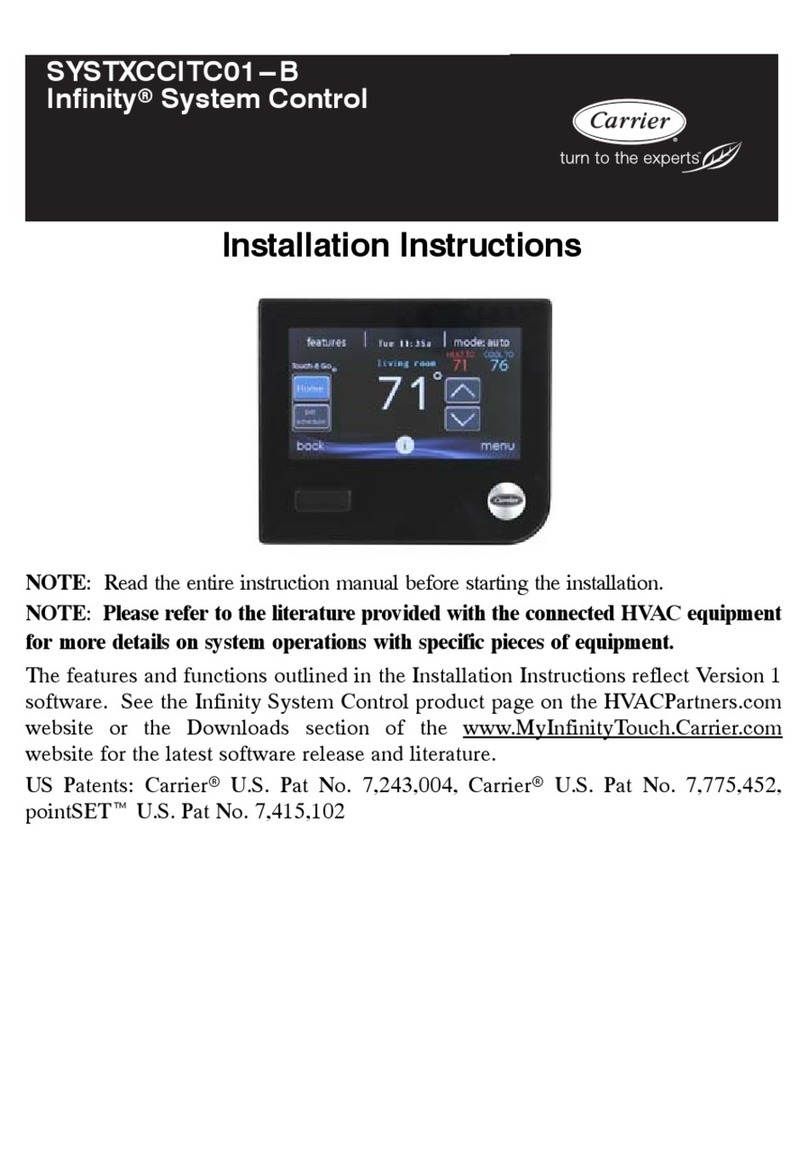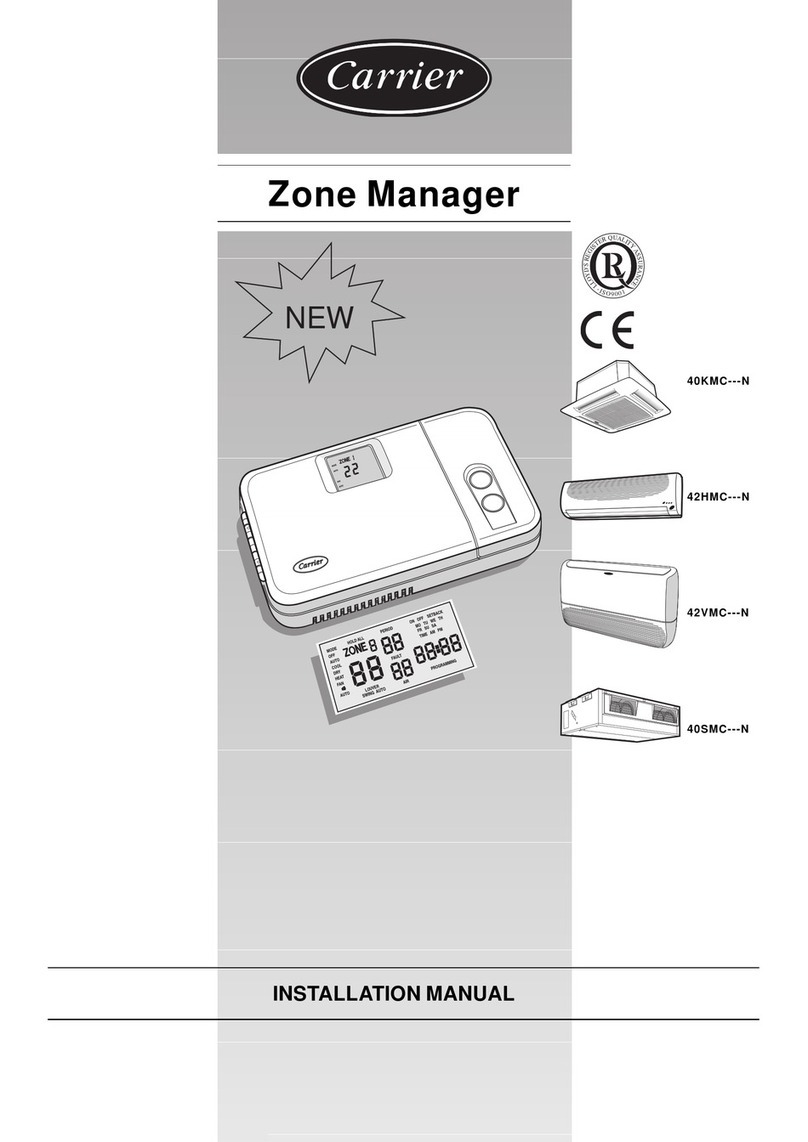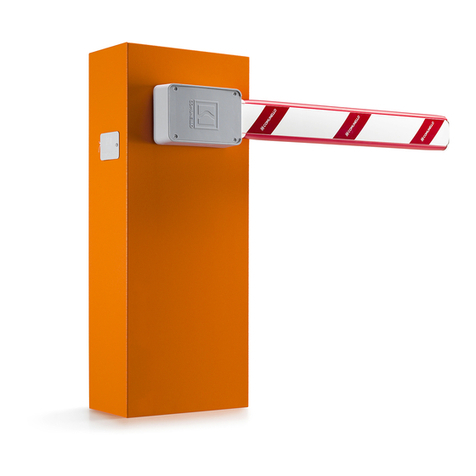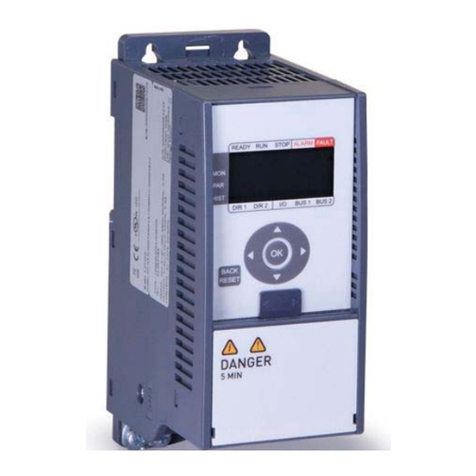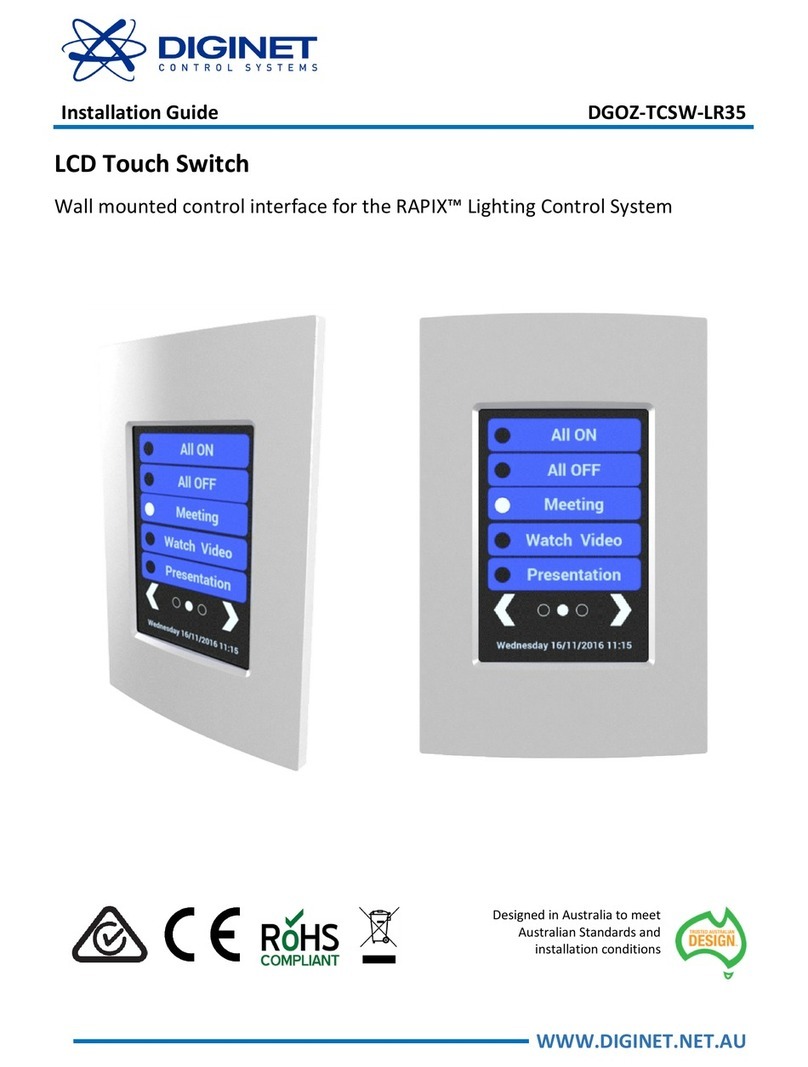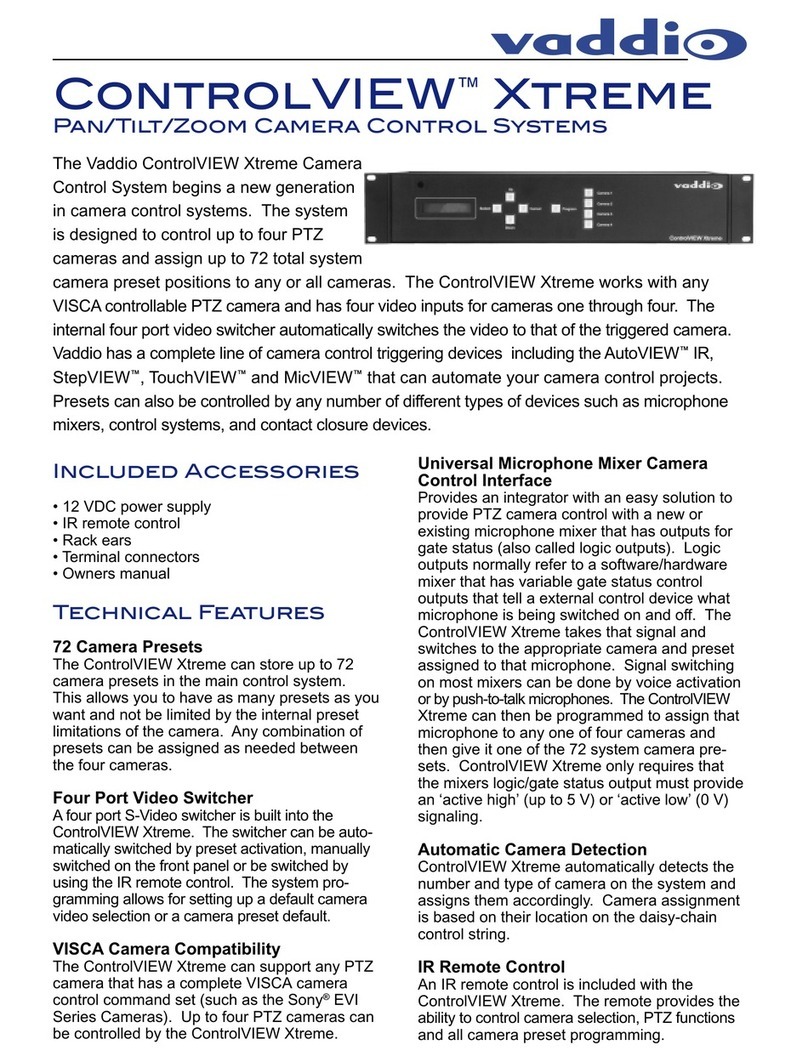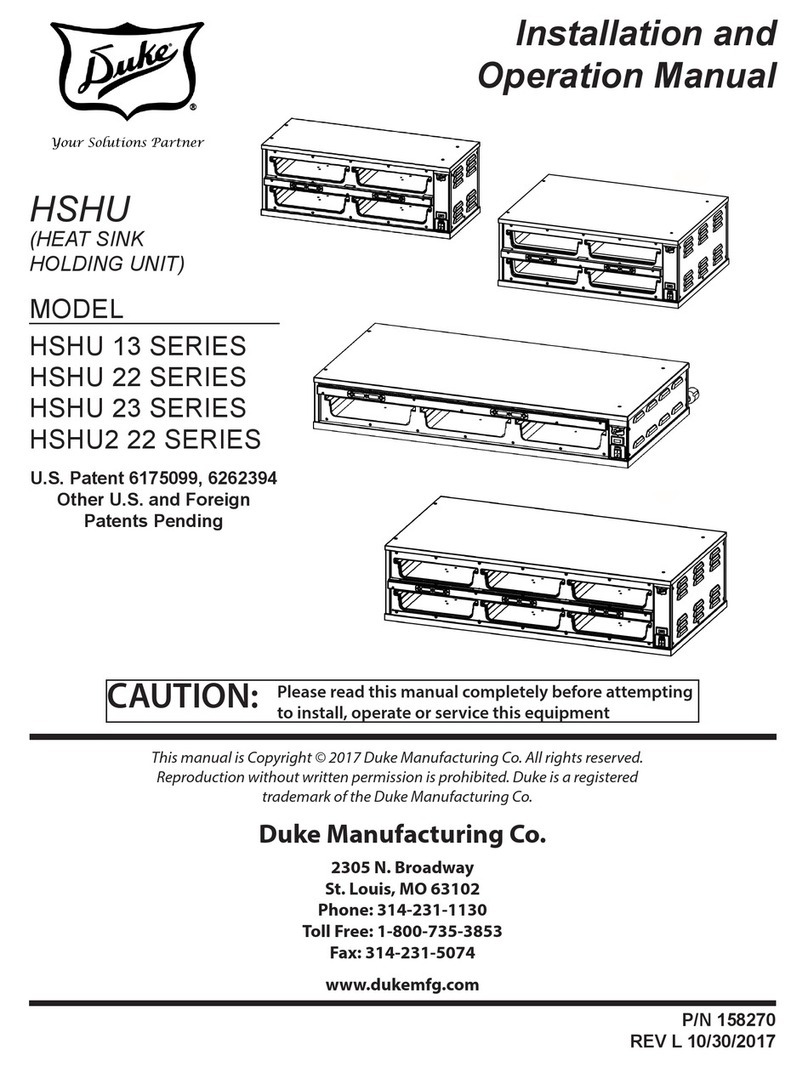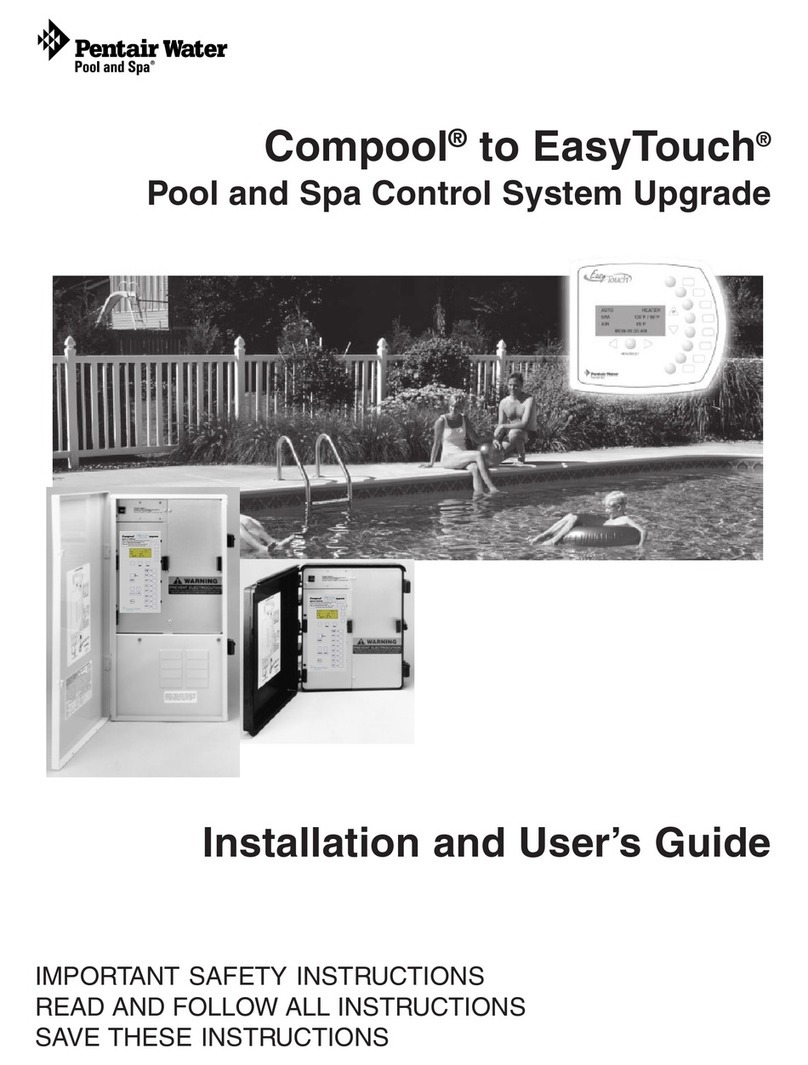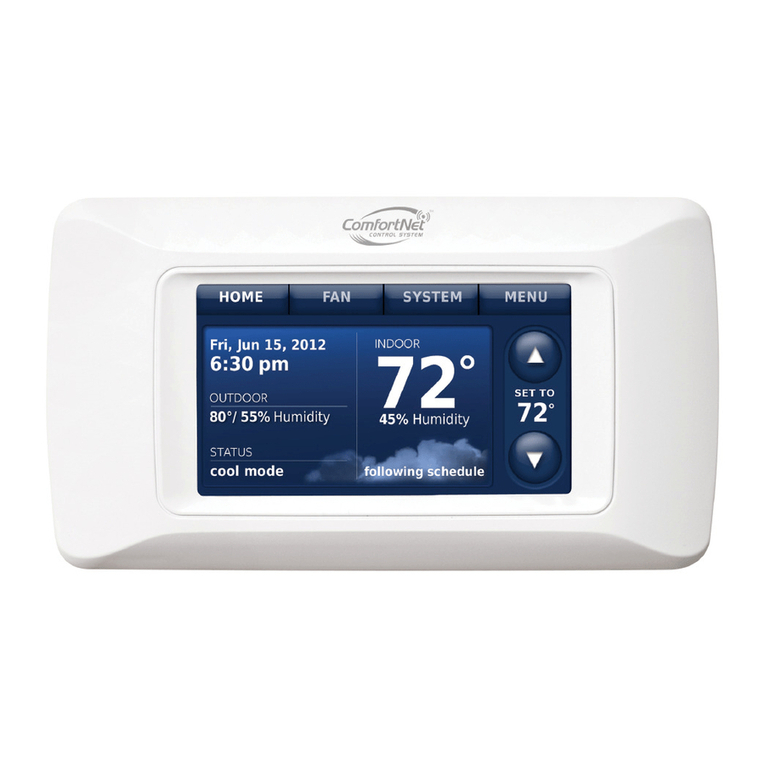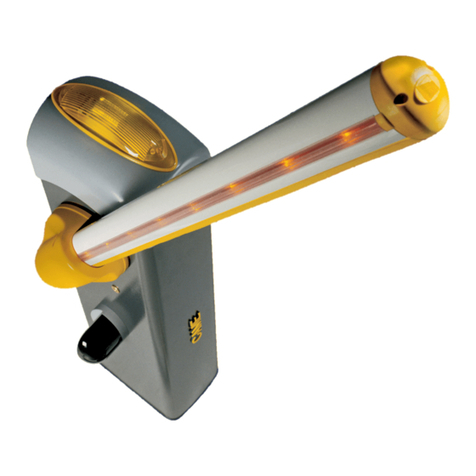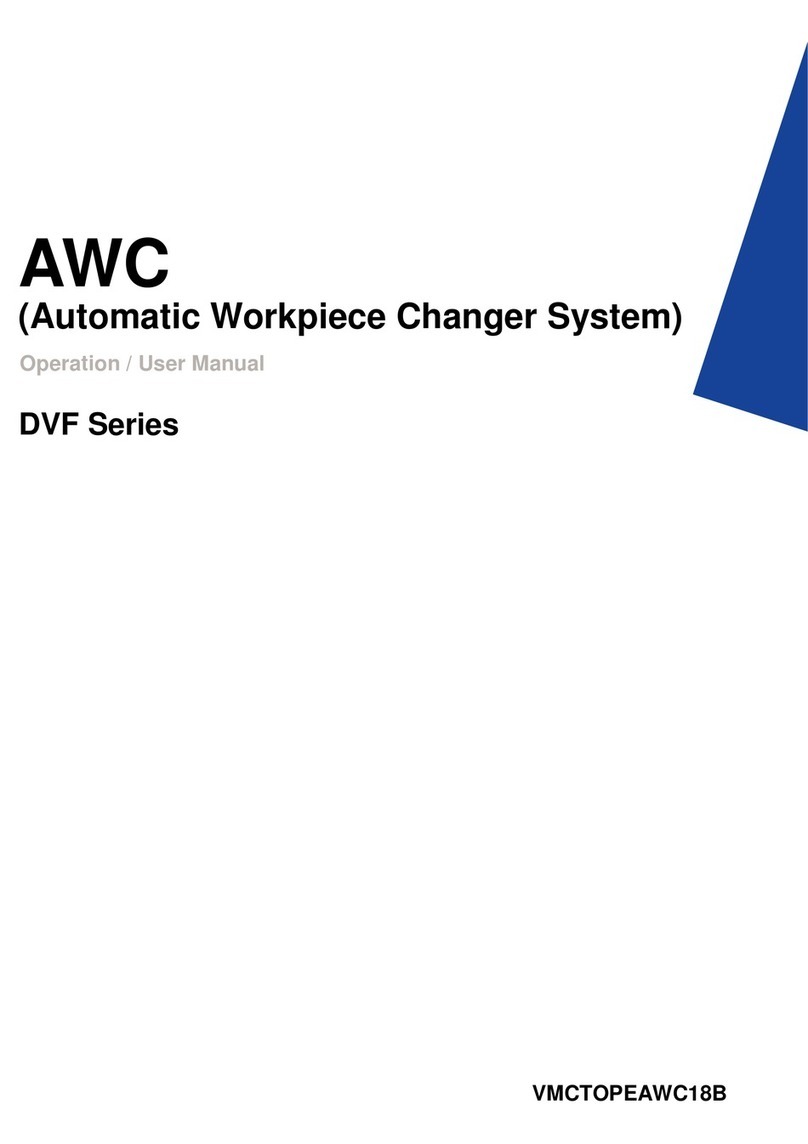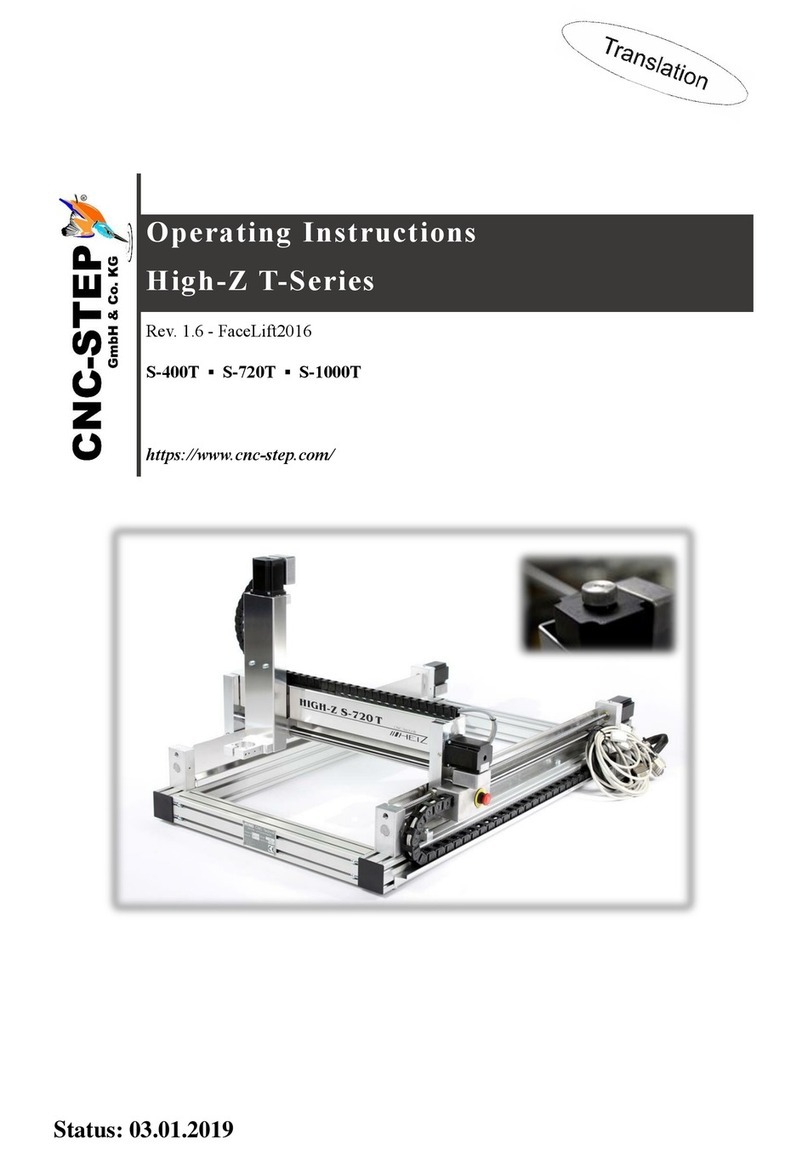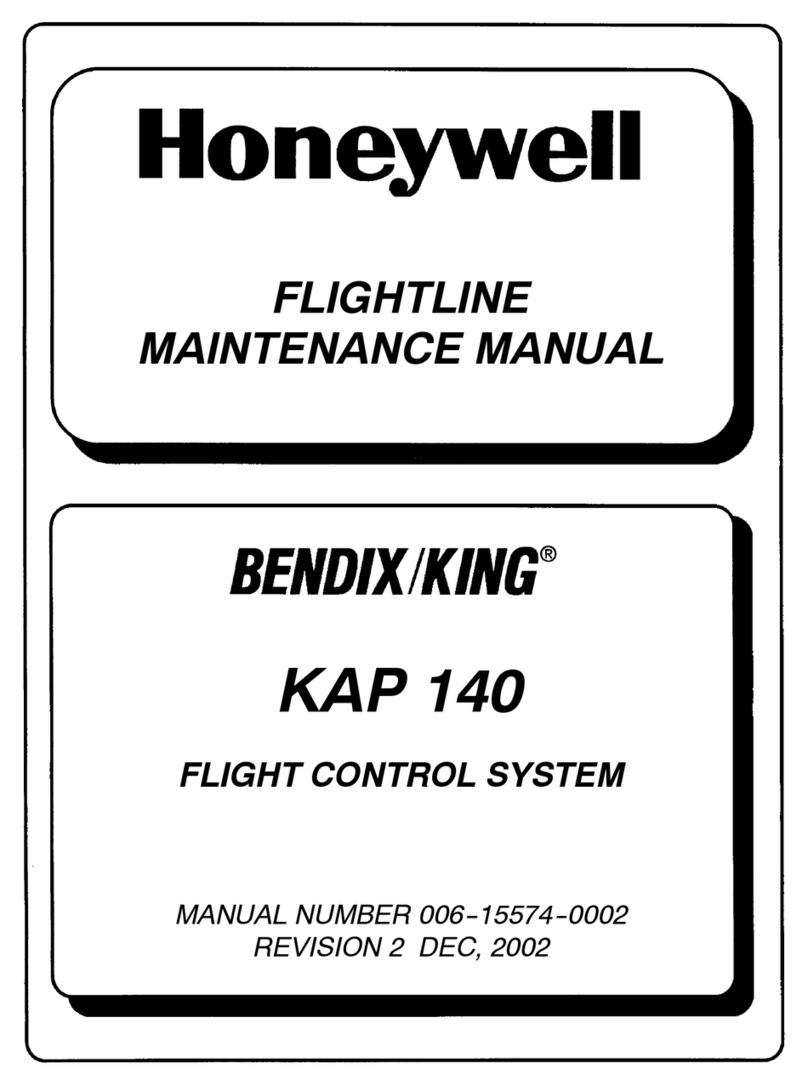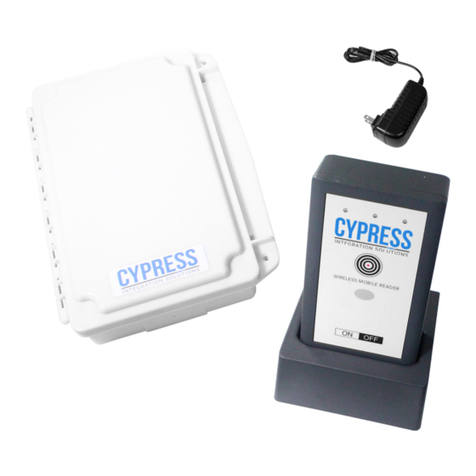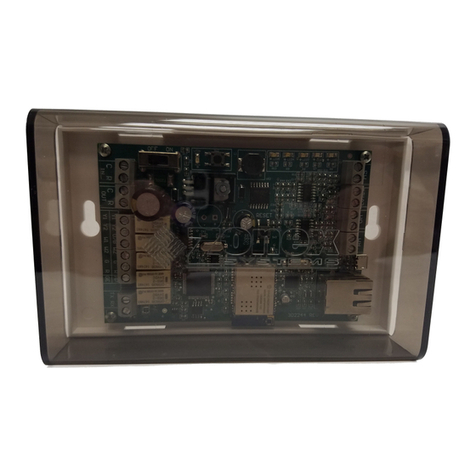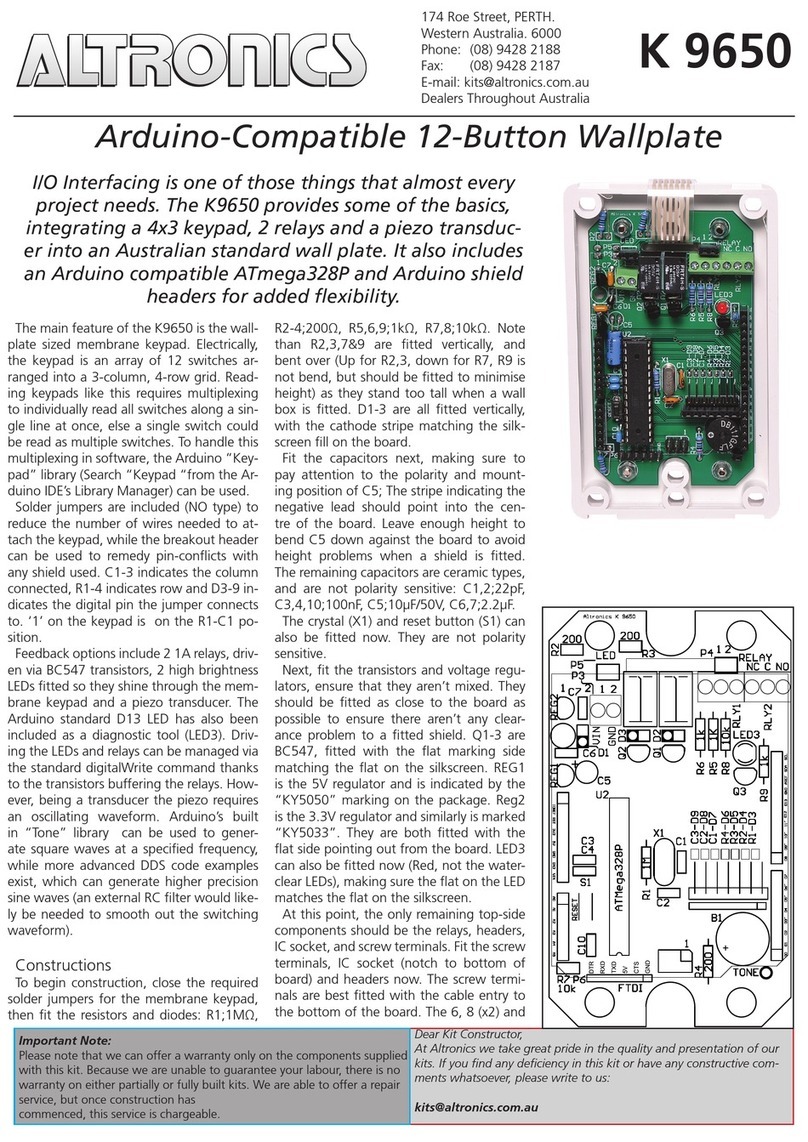
2
CONTENTS
1 - SAFETY CONSIDERATIONS ............................................................................................................................................... 4
1.1 - General Description................................................................................................................................................................. 4
1.2 - Avoid Electrocution ................................................................................................................................................................. 4
2 - GENERAL DESCRIPTION.................................................................................................................................................... 4
2.1 - General Description................................................................................................................................................................. 4
2.2 - Abbreviations Used ................................................................................................................................................................. 4
3 - HARDWARE DESCRIPTION............................................................................................................................................... 5
3.1 - General Description................................................................................................................................................................. 5
3.2 - Sensors....................................................................................................................................................................................... 7
3.3 - Controls Outputs...................................................................................................................................................................... 8
3.4 - Connections at the User’s Terminal Block............................................................................................................................ 8
3.5 - LEN/CCN Communication Cable Cequirements:............................................................................................................. 11
4 - SETTING UP THE USER INTERFACE ............................................................................................................................ 12
4.1 - User Interface......................................................................................................................................................................... 12
4.2 - Web Connection ..................................................................................................................................................................... 12
4.3 - General Features.................................................................................................................................................................... 12
4.4 - Welcome Screen......................................................................................................................................................................12
4.5 - Synoptic Screen ...................................................................................................................................................................... 13
4.6 - Setpoint Screen....................................................................................................................................................................... 13
4.7 - On/Off Screen......................................................................................................................................................................... 13
4.8 - Password/Language Screen................................................................................................................................................... 14
4.9 - Menu Screen ........................................................................................................................................................................... 14
4.10 - Conguration Screen ........................................................................................................................................................... 14
4.11 - Time Schedule Screen.......................................................................................................................................................... 15
4.12 - 19XR6/7 Status Display Screens.........................................................................................................................................15
4.13 - 19XR2~E/V/D Status Display Screens.............................................................................................................................. 17
4.14 - 19DV Status Display Screens.............................................................................................................................................. 18
5 - 19 SERIES PIC 5+ CONTROL OPERATION ................................................................................................................... 20
5.1 - Start/Stop Control ................................................................................................................................................................. 20
5.2 - Compressor Run Status......................................................................................................................................................... 20
5.3 - Chiller Start-up Sequence ..................................................................................................................................................... 20
5.4 - Chiller Shutdown Sequence.................................................................................................................................................. 21
5.5 - Oil Lubrication Control......................................................................................................................................................... 21
5.6 - Refrigerant Lubrication Control.......................................................................................................................................... 22
5.7 - Control Point........................................................................................................................................................................... 22
5.8 - Capacity Control .................................................................................................................................................................... 23
5.9 - Ramp Loading ........................................................................................................................................................................ 24
5.10 - Surge Correction Control.................................................................................................................................................... 24
5.11 - Envelope Control Valve (EC) Control............................................................................................................................. 25
5.12 - Economizer Damper Valve Control...................................................................................................................................25
5.13 - Damper Vapor Source ......................................................................................................................................................... 25
5.14 - Demand Limit....................................................................................................................................................................... 25
5.15 - Override Control.................................................................................................................................................................. 26
5.16 - Recycle Control.................................................................................................................................................................... 27
5.17 - Running Timers and Counters............................................................................................................................................ 27
5.18 - Water Pumps Control .......................................................................................................................................................... 27
5.19 - Controls Test ......................................................................................................................................................................... 28
5.20 - Swift Restart ......................................................................................................................................................................... 29
5.21 - Cooling Tower Control ........................................................................................................................................................29
5.22 - Head Pressure Control ........................................................................................................................................................ 29
5.23 - Ice Build Option................................................................................................................................................................... 29
5.24 - Time Schedule....................................................................................................................................................................... 29
5.25 - Black Box .............................................................................................................................................................................. 29
5.26 - Pressure Transducer Calibration ........................................................................................................................................ 29
5.27 - Temperature Sensor Calibration ........................................................................................................................................ 29
5.28 - ISM Calibration ................................................................................................................................................................... 30
5.29 - Alarm Email.......................................................................................................................................................................... 30
5.30 - Prognostic.............................................................................................................................................................................. 30
5.31 - Master Slave Control ........................................................................................................................................................... 31
5.32 - Oil EXV Control.................................................................................................................................................................. 31
5.33 - Pumpdown/Lockout............................................................................................................................................................. 31
5.34 - Trending................................................................................................................................................................................. 31
